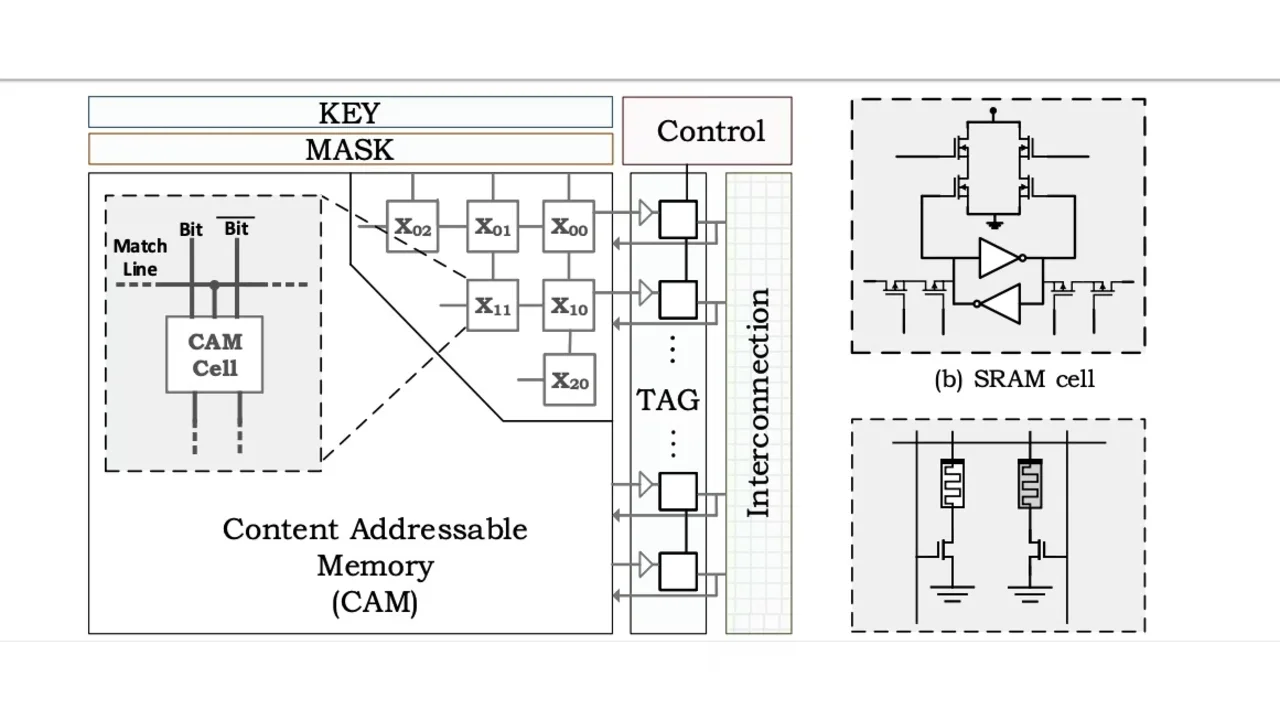
Efficient Acceleration of Stencil Applications through In-Memory Computing
About
Hasan Yantır, et al., "Efficient Acceleration of Stencil Applications through In-Memory Computing". Micromachines 11, 2020, 622.
The traditional computer architectures severely suffer from the bottleneck between the processing elements and memory that is the biggest barrier in front of their scalability. Nevertheless, the amount of data that applications need to process is increasing rapidly, especially after the era of big data and artificial intelligence. This fact forces new constraints in computer architecture design towards more data-centric principles. Therefore, new paradigms such as in-memory and near-memory processors have begun to emerge to counteract the memory bottleneck by bringing memory closer to computation or integrating them. Associative processors are a promising candidate for in-memory computation, which combines the processor and memory in the same location to alleviate the memory bottleneck. One of the applications that need iterative processing of a huge amount of data is stencil codes. Considering this feature, associative processors can provide a paramount advantage for stencil codes. For demonstration, two in-memory associative processor architectures for 2D stencil codes are proposed, implemented by both emerging memristor and traditional SRAM technologies. The proposed architecture achieves a promising efficiency for a variety of stencil applications and thus proves its applicability for scientific stencil computing.